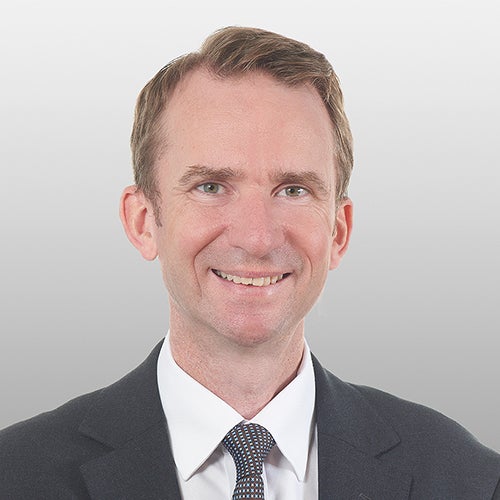While everyone is focused on the global pandemic, over the longer term climate change is likely to be the biggest challenge. We explain how its possible to reduce the carbon intensity of a Global Buy and Maintain portfolio without sacrificing diversification or overall yield expectation.
The growing focus by governments, institutions and individuals on environmental, social and governance (ESG) considerations, together with the realisation that these issues have a direct impact on the financial future of all companies, has led to an increasing focus on integrating ESG into investment decision-making. This is particularly relevant for investors taking a Buy and Maintain approach within their fixed income portfolios, given the long-term nature of the strategy where bonds are often held to maturity.
In recent years there has also been a significant increase in awareness of the impact of climate change, and what might be done to slow the rise in the Earth’s temperature. Climate-change-aware / low-carbon investing is therefore gaining traction across both institutional and personal investing. While there are still challenges around accurately measuring and reporting on metrics such as carbon emissions, water usage and pollution there is a clear desire to construct portfolios that help tackle global warming.
At present, few investors are prepared to accept a low carbon portfolio with a return or yield expectation inferior to that of the broad market. This is certainly true of UK pension funds, many of which are grappling with the challenge of closing their funding gap while the sponsor’s business has been badly impacted by the COVID-19 crisis.
In our paper - Moving towards a lower-carbon future - we describe how Invesco Fixed Income can deliver a Global Buy and Maintain solution that significantly reduces the carbon intensity of a portfolio.
We also explain how our approach goes further than simply avoiding “dirty” industries and demonstrate that it is possible to seek to combine attractive financial performance and alignment with the Paris Agreement’s overarching ambition of limiting the global temperature rise this century to below 1.5°C above pre-industrial levels.






